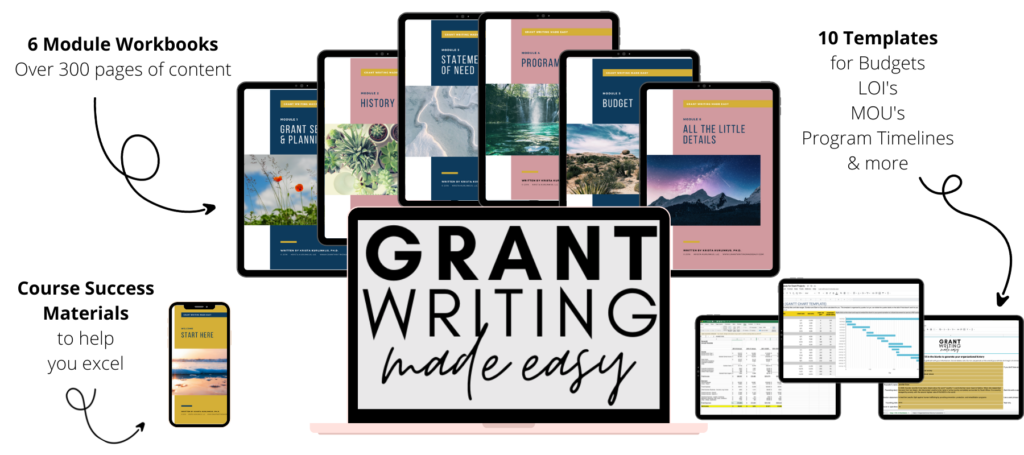Determining your eligibility for a particular grant means making sure you’re within the designated geographic scope and location, that you’re the type of grant applicant the funding is for, that you’re seeking the type of funding the grant is, and that your work is in the area of interest the grantmaker wants to fund.
But your work assessing whether a grant is a good fit or not does not stop there. You also need to analyze your fit based on grant qualification criteria.
Being “qualified” for a grant means that you have an above average chance of being awarded the grant.
Ensuring that you’re qualified for the grants you apply for will improve your chances of being awarded the funding.
So what does being “qualified” entail?
These are the most important grant qualification criteria:
- Alignment between your work and the grantmaker’s priorities
- Understanding the big picture
- Conducting an individual grantee comparison and analysis
In this video, I’m teaching you all about these grant qualification criteria. You’ll also learn how to analyze grant opportunities to ensure you’re only applying to ones that are a great fit for your work.
What’s next?
Once you’ve determined that you’re qualified for a grant, it’s time to add that opportunity to your grant calendar.
Do you have a system for keeping track of upcoming LOI due dates, grant due dates, and award announcement dates? Maybe you write all of this inside of your grant search spreadsheet. But I also advise you to create a system that syncs with your calendar automatically, so that you don’t miss important dates and deadlines.

Because we know how important it is to have a system for keeping track of your grant opportunities, we’re inviting you to join Grant Writing Made Easy today. When you join today, you’ll also get access to a free bonus course, Get Organized! Productivity for Nonprofit Teams.






